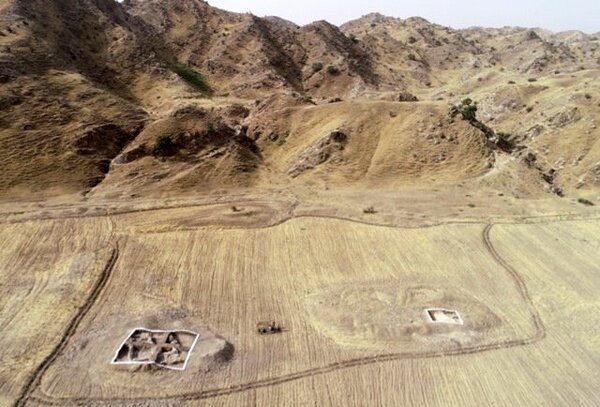Archaeologists race against time to safeguard antiquities against sinking

TEHRAN – Archaeologists have discovered a wide range of relics from the basin of a newly-constructed dam in southwest Iran.
Pieces of pottery, glass, stone beads, stone mortar, and cut seashells have been discovered at a historical site surrounding Chamshir Dam in southwest Iran, by Iranian archaeologist Amir Hajilu, who presides over the project, said on Friday, ILNA reported.
Whenever the nearby dam’s water flows, the entire historical area is at risk of sinking, so all findings were carefully documented, he explained.
It appears that human societies in this area began at least during the Sassanid era (224–651), considering the presence of two ossuaries on the rocks overlooking this historical site, the types of pottery, and the architectural style of some of the walls, he added.
Furthermore, the natural characteristics of the region and its proximity to the Zohreh River led to the establishment and settlement of this area for over a thousand years, until the Islamic era, he mentioned.
The Sassanid age is of very high importance in the history of Iran. Under Sassanids, Persian architecture in addition to arts experienced a general renaissance. Architecture often took grandiose proportions such as palaces at Ctesiphon, Firuzabad, and Sarvestan which are amongst the highlights of the ensemble.
Sassanid archaeological designs typically represent a highly efficient system of land use and strategic utilization of natural topography in the creation of the earliest cultural centers of the Sassanid civilization.
ABU/AFM
Leave a Comment